The RAF has undertaken trials of the BriteCloud missile decoy system on Typhoon jets.
Speaking at the Typhoon Ministerial Meeting in Germany, Defence Minister Stuart Andrew announced the beginning of a series of capability tests of BriteCloud, a drinks-can sized missile decoy to protect combat jets from the latest radar-guided missiles.
BriteCloud is a compact, self-contained radio-frequency (RF) countermeasure system that is launched by a combat aircraft pilot to defeat attacks from radar-guided missiles.
Defence Minister Stuart Andrew said:
“Britecloud offers the RAF a powerful and cost-effective way to keep our pilots safer than ever on the frontline. These trials show UK industry is once again at the heart of defence innovation, providing our Armed Forces with state-of-the-art capabilities and creating high-tech jobs across the country.”
The first Britecould trial with Typhoon aircraft took place in the UK in April. Thirty three BriteCloud 55 rounds were dispensed from aircraft flown by the RAF’s 41 Test and Evaluation Squadron against a range of threats designed to mirror those faced on the battlefield.
The Ministry of Defence say that further trials are planned to ensure the decoy launches safely from the aircraft and to develop a range of operational uses for the technology on the battlefield, including adding the devices to military helicopters and C-130 Hercules aircraft.
The RAF say that Typhoon trials will also inform how such decoys could be used on the Lightning jets.
“Effective against the latest and most-advanced radar-guided threat systems, BriteCloud provides an extra layer of survivability for pilots. By completely separating from its host aircraft and falling away, the decoy improves aircraft survivability by guiding the incoming missile away from the aircraft”, according to Leonardo.
In late 2017, following extensive testing, the MoD approved the BriteCloud 55 (named for its compatibility with 55mm flare dispensers such as those on Tornado, Typhoon and Gripen aircraft) for operations and production.
Sir Simon Bollom, CEO of the MOD’s Defence Equipment and Support organisation, said:
“Our ongoing partnership with Leonardo continues to drive vital research and development that leads to the kind of innovation demanded by our RAF today. The trials of BriteCloud on Typhoon demonstrates how we are constantly striving to find a technological edge and protect our service personnel.”


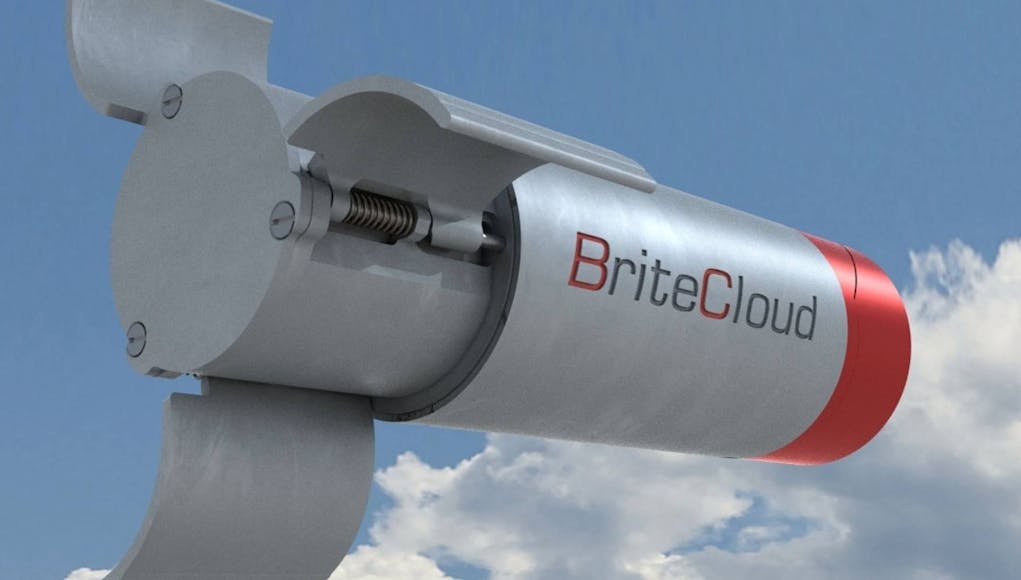
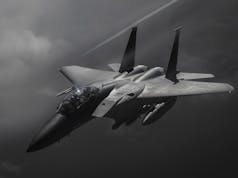

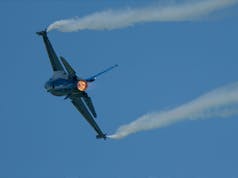
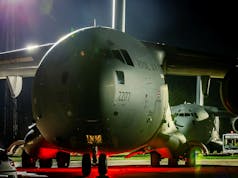
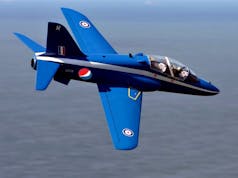
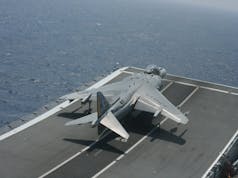
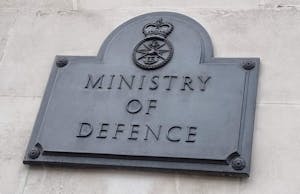









Perfect! Now let’s get a few additional squadrons of Typhoons and get moving with Tempest double quick time. The best solution for the RAF and RN, if we decide to build a navalised version of Tempest of course!
Making progress with EMALS too.
https://www.youtube.com/watch?v=6qahWEhrDfg
Sweden are in high level talks with the UK to be a full partner in the Tempest program according to “Janes”, so that’s us, Italy and now Sweden. If all three countries are looking at a joint partnership, much like the Typhoon consortium then perhaps this aircraft will actually come to fruition. I’m not sure Japan will join, as they are being wined and dined by Lockheed-Martin with F35 technology offsets. One of the benefits of having Sweden join the party, is that they will insist that the aircraft can be deployed to austere road sites and thus require short… Read more »
I mentioned some time ago that a tie in with Sweeden would be a sensible move. Joint development of Peruses and the purchase of the Naval Strike Missile seem to go hand in hand? Personally, I’ve never trusted the French!
Taranis/Magma could be another useful program that they might be interested in co-developing with us?
Sweden is not one of the constituent parts of MBDA.
Perseus was a concept. FCASW is the programme as is a joint programme with France.
Sweden is a user of KEPD-350
France and UK use Storm Shadow/SCALP.
Naval Strike Missile is Norwegian…Sweden would never buy as they make the RBS-15.
In short Sweden isn’t really involved…
Thank you for the correction and update, I couldn’t remember if it was Norway or Sweden at the time of posting.
The manning shortage problem needs to be sorted first by the MoD, before more Typhoons are procured!
Not enough Crews!
Interesting that they are considering Britecloud for use on Lightning too,but a positive for Typhoon,anything that would make them more survivable in combat must be a good thing.
How does this system improve on the current chaff flare dispensers?
It’s a quantum leap. Chaff is usually glass fibre strands covered in aluminium, cut to about a 1/4 wavelength of the expected threat radar’s frequency. You can tailor them more specifically to known radars, but there’s always a chance some unexpected one will show up, so a broader spectrum is generally used. Chaff works by camouflaging the aircraft behind a massive reflective cloud. Depending on how well the chaff “blooms” you can have greater than 90% reflection. The problem with chaff for aircraft is all to do with its lack of velocity moving through the air i.e. as soon as… Read more »
As usual, a great reply. I am now informed. Something so cheap as defence goes yet such a leap.
I’m impressed, by something the size of a Red Bull can…
Thank you.
I have a suspicion that BriteCloud will be the EW component inside the Spear-EW. Same system but with massive batteries/cells.
Hi there. Would you deploy Britecloud 55 alongside an updated towed decoy or would it replace it entirely ? (in which case, what could we do with the freed-up space)
Are you working for the Typhoon project team? As I’ve said earlier in some circumstances the towed decoy could still perform better than the Britecloud. In that the the towed decoy follows the aircraft at the same speed and direction, so will faithfully mimic the aircraft. However, with the evolution of Moving Target Indication algorithms, there is a very good possibility that when combined with AI the radar guided missile will attack the lead target and not the trailing. Not heard of a decoy that can be deployed in front of the aircraft mimicking the aircraft’s actions! The Britecloud is… Read more »
No 🙂 Just an interested enthusiast. However, reading this: “It generates very accurate false images to the threat radar. When fired these will initially be traveling near the same speed as the aircraft and has a much slower deceleration rate, but more importantly because its actively transmitting a ghost image, it does a much better job at camouflaging the targeted aircraft.” It struck me that the towed decoy could be doing something very similar, but the ghost image is traveling with the aircraft rather than dropping away from it. Given machine learning analysis, it ought to be possible for the… Read more »
The beauty of the digital radio frequency memory that Britecloud uses, is that it will record and digitise an exact copy of the threat radar be it from an aircraft or missile. By messing about with the timing and rebroadcasting it, you can fool the aircraft/missile’s radar into thinking that the target is much closer or further away etc. Then by altering the phase of the broadcast you paint a false image of where the target is. This all helps to camoflague the real target, allowing it a greater chance to escape. It is highly feasible to use the Britecloud… Read more »
Fascinating. Thanks. If you have the right passive sensors on the plane, presumably you could switch on/off the Towed Brightcloud to avoid its destruction ? I think you would want to have both options available in practice as it would give more flexibility.
Is there a reason why we wouldn’t convert a Typhoon into a growler (other than cash ?). If the electronics are automated presumably even a one seat version might be possible (eventually).